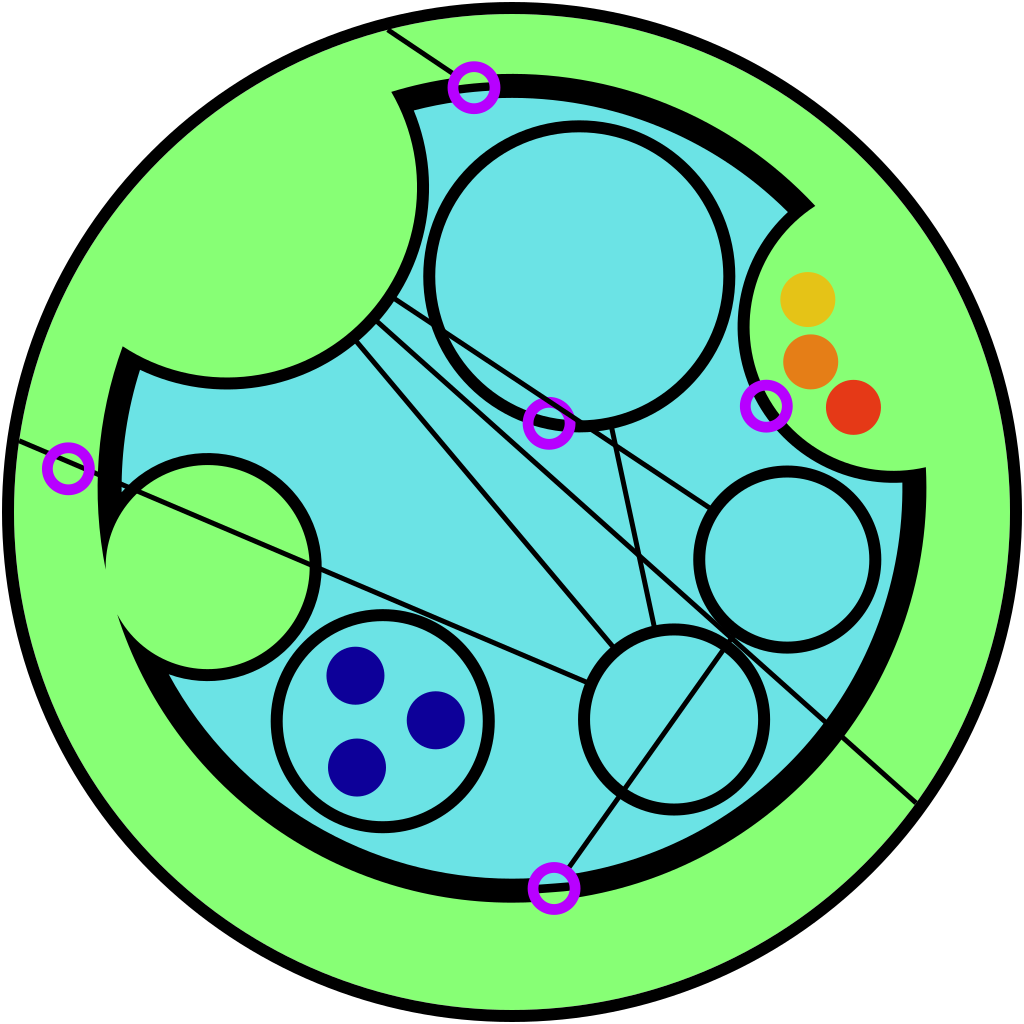Interesting concept, but not very scalable. It’s basically a reversed dam - when it’s full, there’s 0m head of water. Then with excess energy, you lower the level inside, storing the energy in the water outside. E.g -2m head. Water then flows in to equalise head, and doing so, regenerates electricity. Adding depth to supercharge pressure differentials is a good idea, although I wonder how they limit the flow rate, or otherwise prevent cavitation shocks each cycle.
Could be useful as a private industrial battery, but a dam would still be better on an infrastructural level.
Dams have issues around silt buildup over time and to the best of my understanding the US is already dammed to the max (within reason).
I’m keen to see how it pans out. Seems like a very interesting concept.
Plus the places most suited for dams also tend to be natural wonders. Rip Glen Canyon and Hetch Hetchy
Silt did not magically disappear because your dam is spherical, and there is a lot of it on the sea floor. They need to install some kind of filtering system anyway.
Also, the lifetime of a sphere is estimated to be 60 years, while the traditional dam is engineered for 100+ years of service.
The main advantage is that the sea floor is unused and unregulated like the dry land , but then you could as well build an actual scuba diving underwater base with a hydro dam instead of a sphere, it will also be easier to clean and repair, but I guess that would be too much evil moustache twirling to get funded.
Did they say it was intended to be on the seafloor? I didn’t see that but assumed it would be moored deep enough for water pressure to turbo boost the turbines, but well clear of silt from the sea floor. That would also be a key benefit if you can moor it at the most useful depth but in any depth of water
The article say about 500/600 meters deep. No mention if on the sea floor or not.
Like a battery, it’s not scalable as a one off, but it may be as a modular mass produced item.
Or maybe like a wind turbine. You’d have a field of them comprising a power plant. If you lose some individuals, who cares. If you need to do maintenance you can take one offline or entirely replace it without really impacting the power plants output
An easy manufacturing method would be to 3d print in plastic a double walled shell, with fill holes for concrete, and mounting chanels for motors. Plastic “lining” would provide salt water protection for the concrete.




